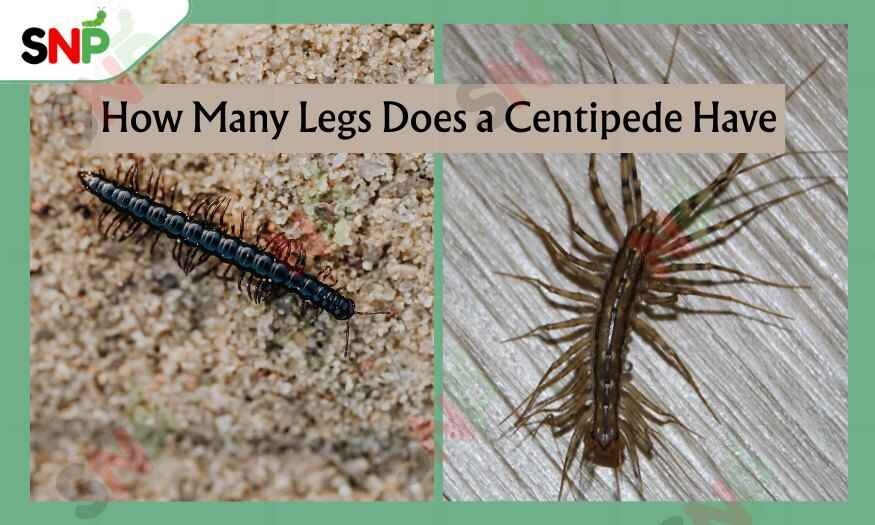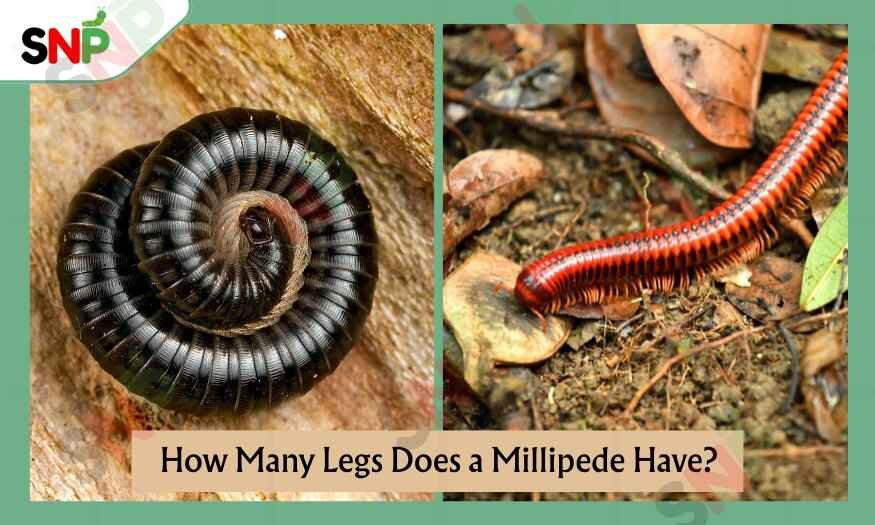Centipede vs Millipede: Which One’s in Your Home?

When you see something small and creepy crawling that has way too many legs. Do you wonder if it a centipede or a millipede? Telling them apart actually matters. It helps you figure out whether you’re dealing with a harmless pest or a harmful disease carrier. A lot of homeowners get confused between the two. But once you learn the difference between centipede vs millipede, everything becomes easy. It can help you protect your home and keep the pests under control.
Centipede vs Millipede: One is a predator and the other’s a decomposer
The distinction between centipedes and millipedes often causes people to mix them up. Although they share similar names and live in similar environments they remain distinct creatures. Centipedes show quick movements and hunting behaviour yet millipedes move slowly as they break down plant matter through decomposition.
The natural habitats of centipedes and millipedes include leaf-covered areas and soil and damp basements. Each species possesses distinct body structures and leg patterns and separate behavioral characteristics.
Therefore, effective pest control starts with understanding these distinctions and using them to protect your home.
How Many Legs Does a Centipede Have

People often ask about the number of legs each of them have, when they talk about centipede vs millipede. Many of them want to know, how many legs does a centipede have and the response is going to shock you!
Even though their name suggests otherwise, centipedes do not have one hundred legs. On the contrary, centipedes have a range of legs 30 to 382, usually, depending on the species. Centipedes have one pair of legs per body segment while the total number of legs is always an odd number of pairs. That is the only reason you will not find a centipede with 100 legs. They are flat and flexible in appearance.
Centipedes Legs is the most prominent characteristic. The first pair of legs has been converted into poison fangs, and centipedes use these fangs to catch and paralyze their prey in milliseconds. If you see an insect in your house with a flat-body, who is also a fast runner with legs coming out of their sides, then you are likely to have a centipede. Based on these differences in how they operate in the ecosystem, the examination of the centipede vs millipede scenario would find centipedes as the runners and exploiters.
How Many Legs Does a Millipede Have: The Truth Might Surprise You.

People think that there are thousand legs in a millipede, but the majority of the millipede population has far fewer legs. In real terms, if the question is how many legs does a millipede have, the vast majority will answer something between 80 and 400 legs, but still you may find an odd species with 750 legs or even more.
Millipede has two pairs of legs, and not just one. Their legs are shorter and point down straight, which makes millipedes look round. As they grow, millipedes add segments and legs, so the number may change during their life.
Millipedes cannot be characterized as aggressive creatures. Instead, they crawl very slowly through the soil, eating decaying plants while also working as recyclers of the nutrients back to the earth. If followed by danger, millipedes may secrete an odorless but repulsive fluid in the face of danger. In the centipede vs millipede battle, millipedes are the kind recyclers, not the killers.
Conclusion: Centipede vs Millipede
In short, finding out the centipede vs millipede difference is a must. Millipedes are slow, round and long creatures that eat dead plants and thus they recycle nutrients. Centipedes on the other hand are the fast ones. These guys feed on other insects, so they’re also not all bad. So next time, remember: centipede vs millipede isn’t just a battle of legs it’s about knowing your home’s tiny invaders.
So, next time you ask yourself how many legs does a millipede have, remember that millipedes always have more legs than centipedes, but never reach a thousand. By knowing all this, you can make your house a comfortable place to stay.
Related Posts
Tiger Centipede: A Fascinating and Fearsome House Guest
You may have encountered the tiger centipede once or twice, as you might have happened across some long-banded arthropod crawling under a rock or rushing along your baseboards. Due to its rather impressive look and agile nature, this centipede is already a legend in the pest talks of the United States. Chances are that many […]
Are House Centipedes Dangerous? The Truth Them
When you see a fast-moving bug-like insect with many legs moving around the floor of your bathroom, you might ask yourself this question: Are house centipedes dangerous? The straightforward answer is the fact that the house centipedes pose very little danger to humanity, yet once seen, they provoke the use of panic in the house […]
House Centipedes: The Ultimate Guide
If you ever came across a creature that is very fast and many-legged running across your bathroom floor, then you have probably seen a house centipedes. These odd arthropods are the fauna that is typical of human habitats all over the United States, and therefore, their appearance may frighten you, but a lecture about them […]
Quick Link
Services
